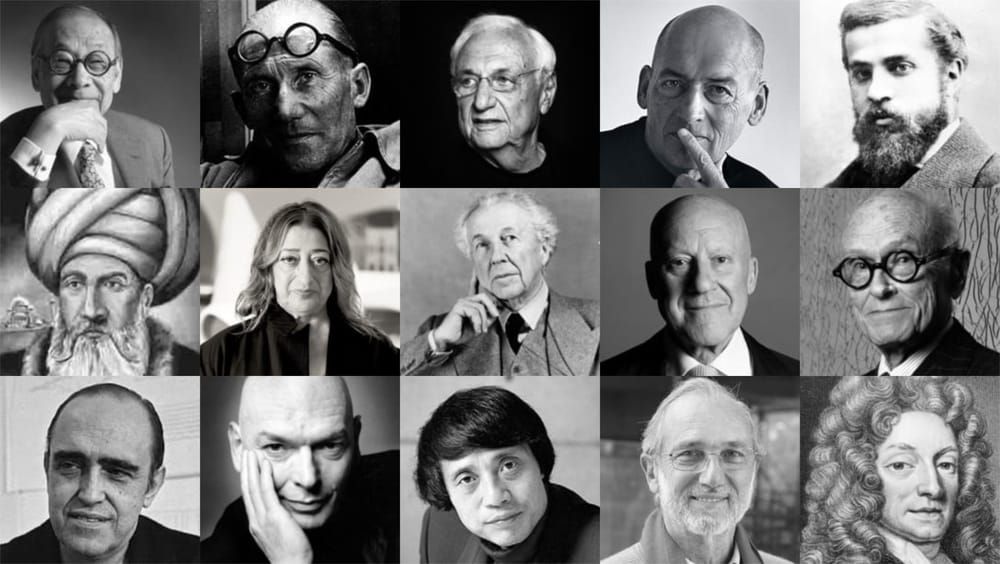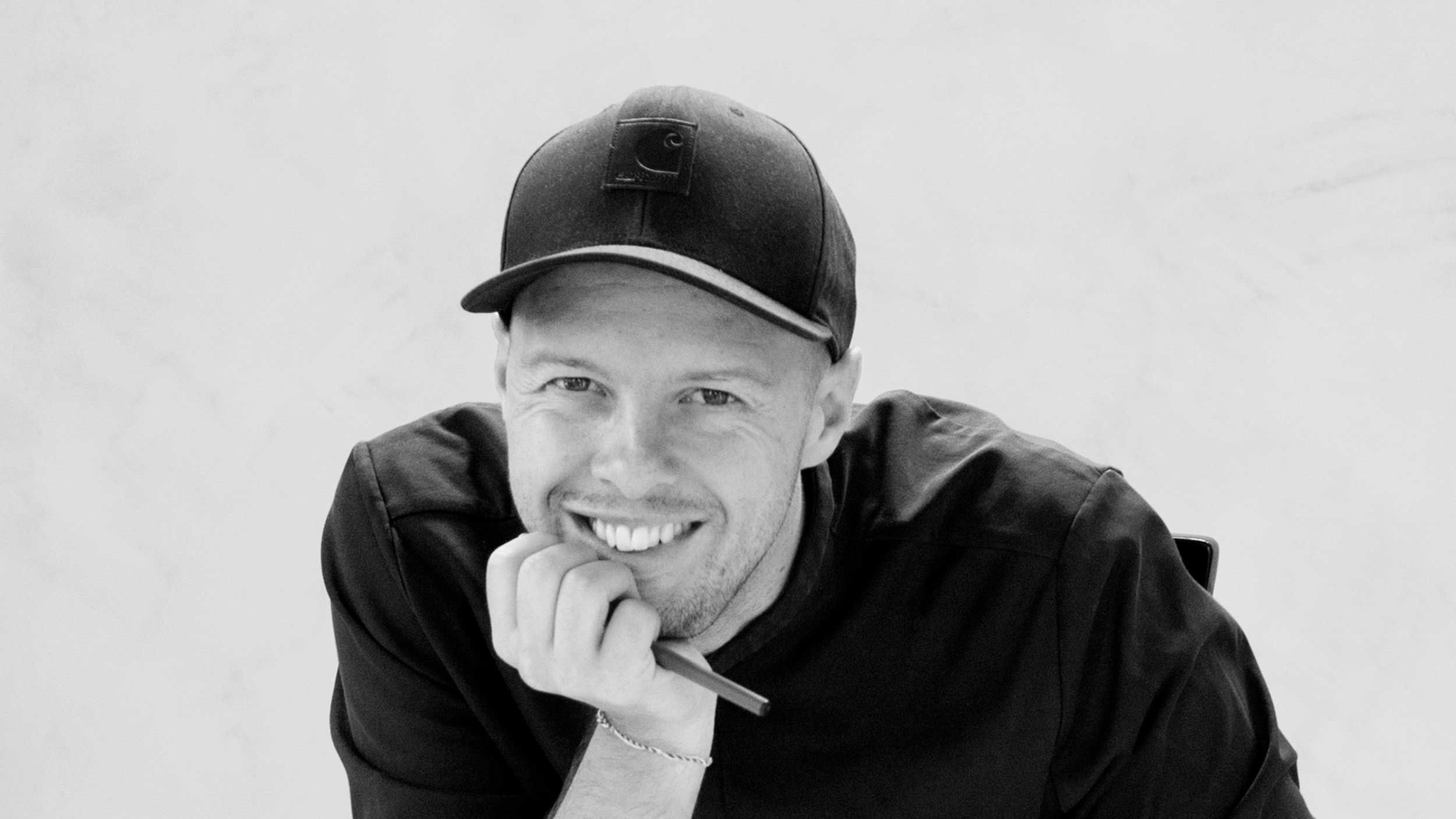PROGRAMS
Join thousands of people who organise
work and life with Novatr.
How To Become a Freelance Designer: Experts Answer Your Questions About Freelancing
Sanjana Aggarwal
8 mins read
July 13
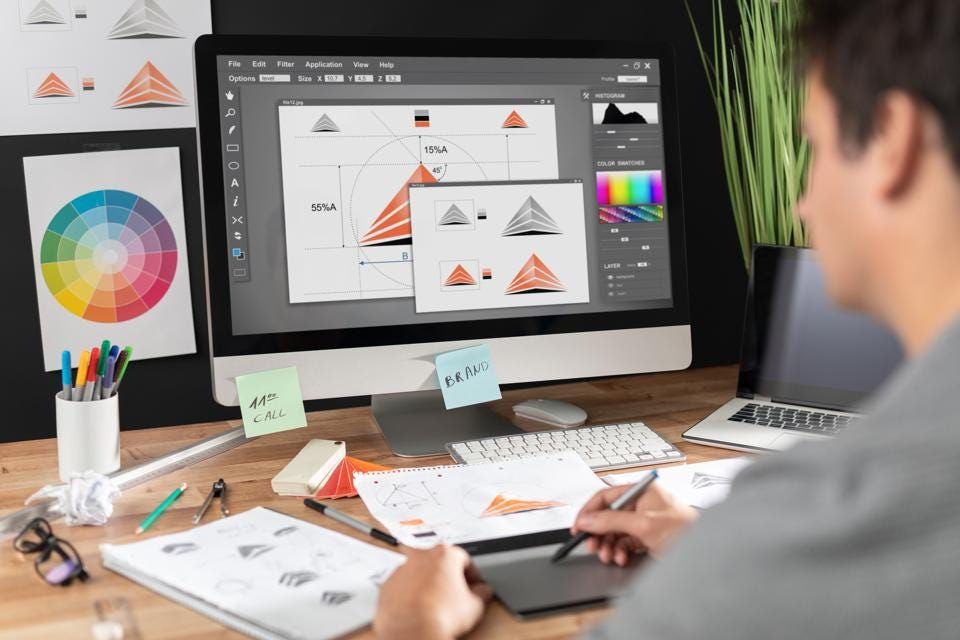
If you’re attracted to the idea of building your brand and being your own boss, we’re sure you’ve thought about quitting your job and becoming a freelance designer. But maybe you don’t know where to start, or maybe you are scared to quit your secure job and start on your own.
Guess what? All freelancers have gone through cycles of self-doubt and uncertainty, but learning from the diverse experiences of other designers always helps you take your first step. In this blog, we speak to five freelancers working in different spheres of design to help you draw inferences from their journey in the freelance world.

A Logo Designer at work (Source: https://www.urbancompany.com/)
Q1. Can I start my freelance venture without quitting my job?
“For somebody starting as a freelancer, I think it’s a better idea to create a freelance portfolio before leaving their job. It will also give your clients the confidence that you know what you’re doing, since you're also doing it in an office!” Rhea Gupta, a freelance UX designer and researcher shares her opinion on how to take your first step as a freelance designer.
Ria Mohta, a freelance architect and illustrator, also believes that it is totally possible to start as a freelancer while working full-time, but it depends on how occupied you are with your office hours and how understanding your organisation is about your passion projects. She began her journey as an illustrator during architecture school and has now turned her passion into a career.
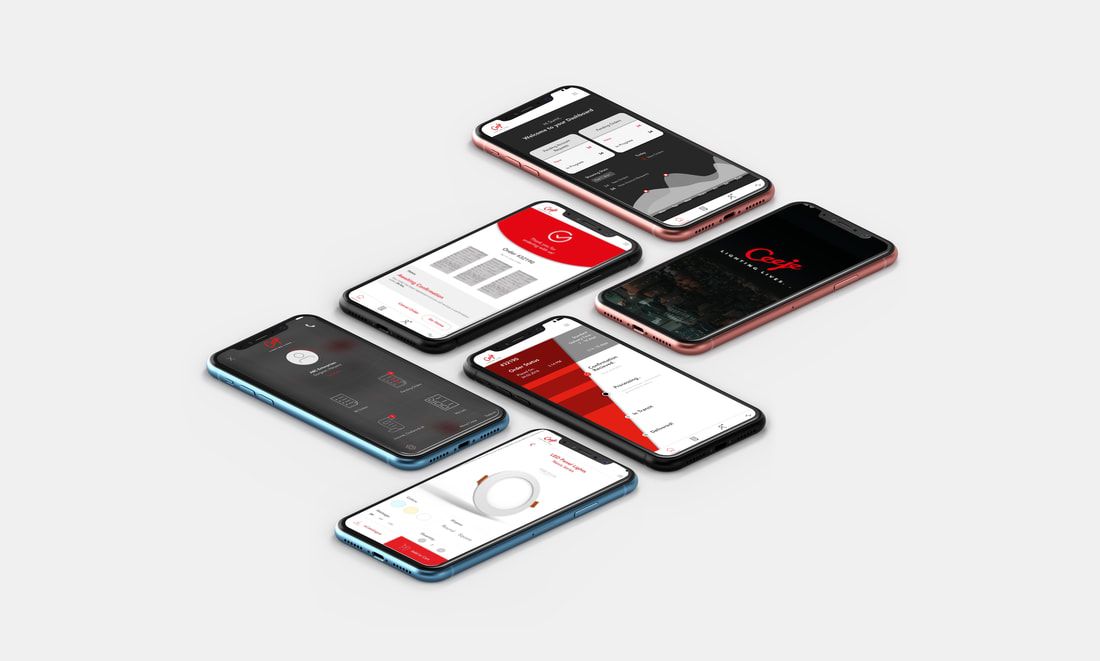
Ceeje mobile app design by Rhea Gupta (Source: http://rheagupta.weebly.com/)
Q2. Am I taking a huge financial risk? How can I ensure financial security as a freelancer?
“I think I always knew I would earn a lot more as a freelance designer,” says Vartika Jangid, a freelance 3D illustrator who has previously worked at Rooshad Shroff as an interior designer. The starting salaries in design and architecture firms are usually low compared to the hard work junior designers are expected to put in. So initially, it may not be a financial risk to explore your options as a freelancer.
“Sometimes, you’re able to earn in a day what you would make in a month of working a full-time job. Alternatively, there are times when you may not get work for months.” says Vani Bhushan, a young freelance photographer from the National Institute of Fashion Technology. “Working with experienced freelancers has taught me that depending on only one particular thing to get work is always a struggle. Do not limit yourself to one source of income.”
Do not say no to a project just because it seems to be outside your comfort zone. Try to grab each opportunity that comes your way and experiment with multiple sources of generating income.

3D illustrations and visualisations by Vartika Jangid (Source: https://amazingarchitecture.com/)
Q3. Should I try to get some work experience before freelancing full-time?
“Had I started my freelance career as that little girl who is always fearful of her own status, I wouldn’t have been able to ask for what I deserve as a freelancer,” Rhea says, talking about why she didn’t venture into freelancing right after graduating, even though she had the opportunity.
“Working under industry leaders and receiving their guidance was really helpful for me.” Her confidence as a freelancer who can communicate her ideas to a client and assert herself when needed came from the mentorship she received during her initial years of work experience. “During my time in the various organisations I worked in, I was able to build a strong network of people in the industry, which is now helping me get a lot of freelance work.”
Navya tells us that her stint as a furniture and interior designer in an office, albeit short, taught her a lot about the industry. “I think work experience is important. There’s no work which is insignificant and you will always learn something while working at your job. Do everything diligently and be receptive to anything that comes your way.”
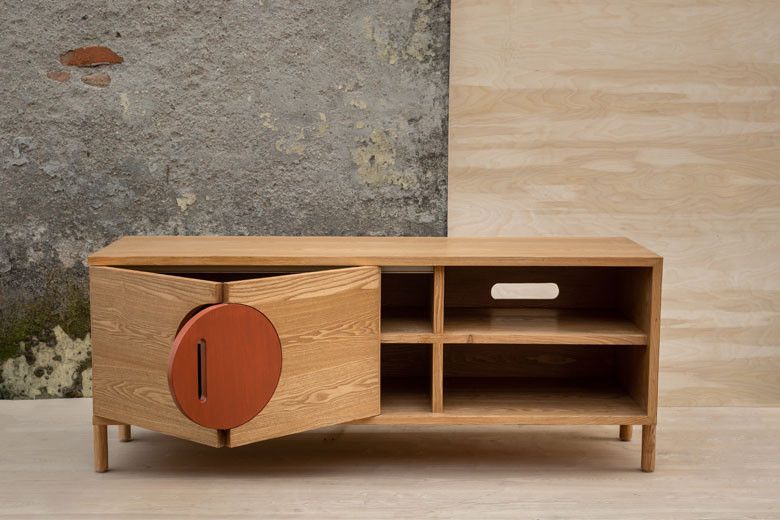
Ashwood furniture designed by Studio Wood (Source: www.designmilk.com)
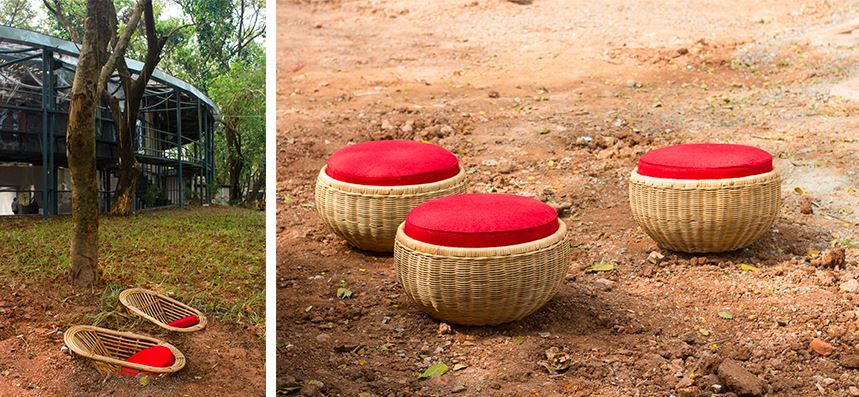
The experimental and unique work of Studio Wood (Source: https://www.studiowood.co.in/)
Q4. How can I win my first projects in the beginning of my freelancing career?
“90% of my recent work has come through Instagram reach,” says Vani, talking about the importance of putting your work out there. Regularly posting on social media platforms will help you gain visibility among potential clients. “However, how you curate your profile makes all the difference. If you are searching for good work, you have to be mindful about how strong your content is.”
With over nine years of experience in the design industry, Navya has three pieces of very helpful advice to help you win your first projects:
(a) Reach out to your family and friends. Everyone gets their first few projects through word of mouth.
(b) You may not get a project immediately, but you cannot stop building your portfolio. Do not wait for real projects to showcase your potential. You can give yourself a brief and work with it - if you do it ten times, you will have ten projects in your portfolio!
(c) Visit your faculty, attend design events and exhibitions. Strike a conversation with the relevant people (potential clients and people from the design industry). Build a network whichever way you can- offline or online.
“Recently, Clubhouse has been a great way for me to generate leads! There are networking rooms where you can join the speaker panel and you might generate interest in the audience if they like your work,” Ria says, giving an insight into unique ways you can find work in 2021!
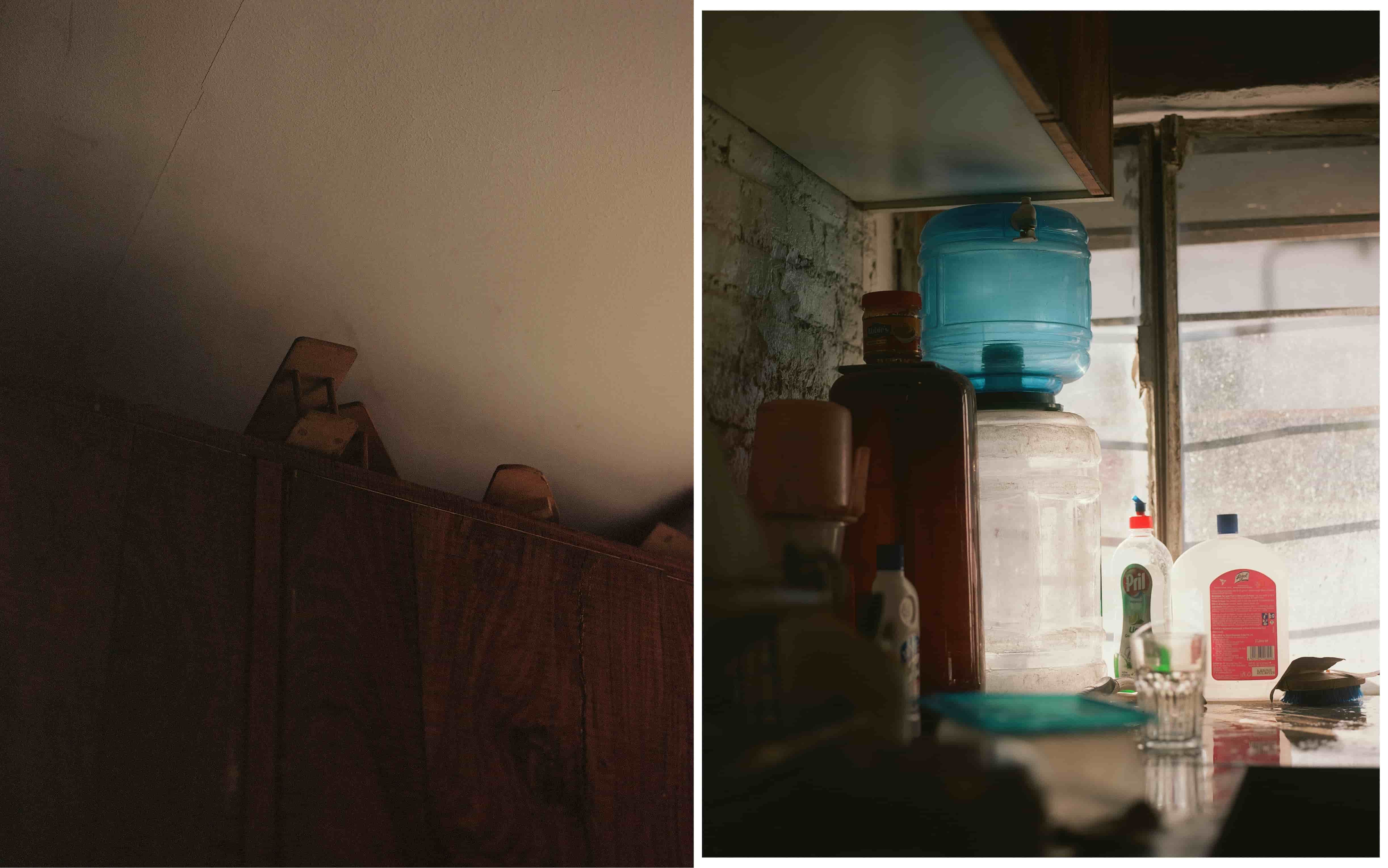
Photography works by Vani Bhushan (Source: Behance)
Q5. How do I charge clients for my services?
“I have known clients who think Rs. 3,000 is enough for a logo design assignment, whereas some believe even Rs. 15,000 is a tight budget for the same!” Ria’s experience can easily be that of any young freelance designer. Both clients and designers are clueless about how to put a price on creativity, and that often ends up in young designers being exploited for their services.
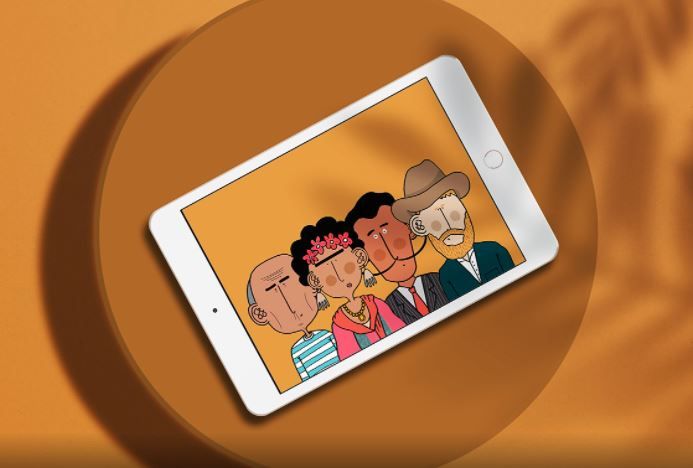
Great Artists of the Past by Ria Mohta (Source: Behance)
“Always get paid for what you do, even if the amount is small. Don’t undervalue yourself. For someone starting out, I think charging 10% of the total project value is a good place to start with,” Navya's advice can be very useful for interior designers or architects unsure of what they should charge.
Vartika, who has only been working as a freelancer for a few months, says “I had a hard time learning how to charge people. I charge different people differently, but my advice would be to charge according to the number of hours you are putting into the work, even if it is time spent on working on the smaller details- it is part of the job.”
There is no better way to learn the territory of a new industry than through the experiences of people who were once in the same position as you. Other than going out there and experiencing it for yourself.
Vartika's advice to aspiring freelancers is to just stop procrastinating! “Start doing what gives you joy even if you're afraid you'll make a fool of yourself.”
“It’s never too late! Whether you’re 20 or 60 years old, if you want to start something of your own, just do it. It is completely okay to fail and eventually decide to go back to work in an office structure. But do not be afraid to try something out.” Navya gives her final piece of advice for anyone wanting to start out, and we couldn’t have said it any better!
The advance in technology has made freelancing a convenient side hustle for many, before opting for full-time. Many architects now are learning and exploring new skills to achieve their freelancing dream.
Novatr’s Parametric Modelling Course can take you a step closer to achieving that dream by helping you master this complex modelling technique in Rhino 3D and Grasshopper. Parametric modelling, together with these software, is used by many design professionals nowadays. Learn this sought-after modelling skill and begin your freelance career in architecture or any other design field.
Head to our Resources page to find more professional journeys of various AEC professionals.
Join 100,000 designers who read us every month
